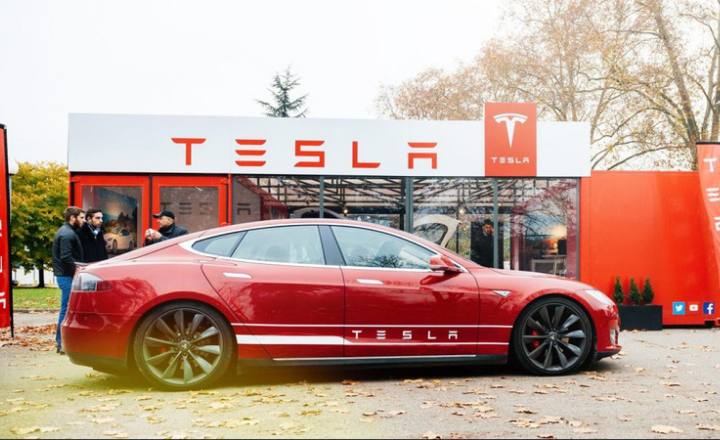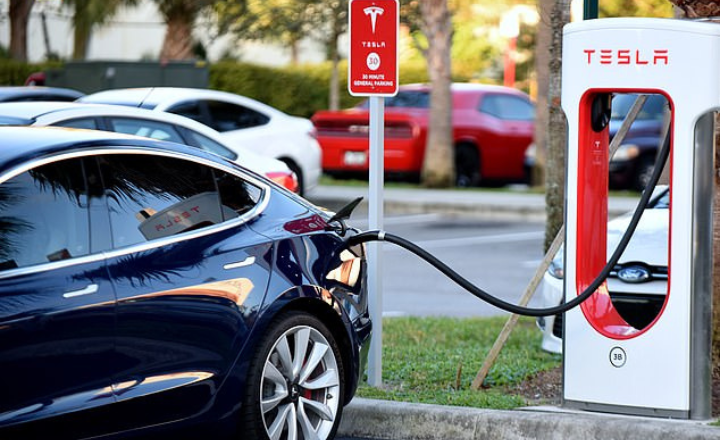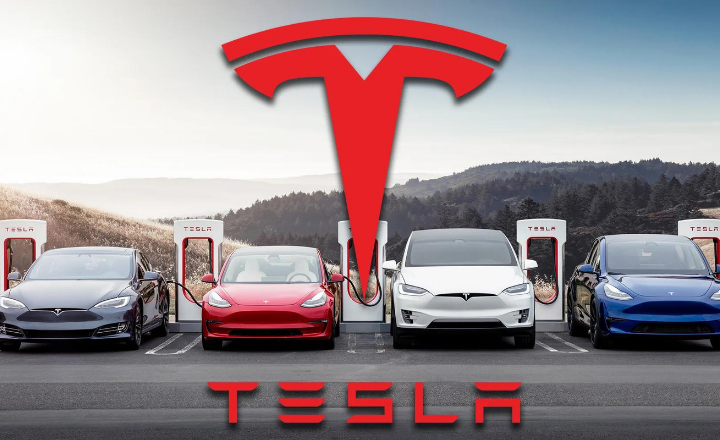This article will describe whether can you put gas in a Tesla And explain the process for putting gas in a Tesla, providing helpful tips to ensure it’s done correctly and safely. You’ll know exactly how to put gas in your Tesla vehicle.
A Tesla is a type of electric vehicle revolutionizing the auto industry. It has taken the market by storm and offers many features and benefits compared to traditional gasoline-powered cars. Many people are curious about whether you can put gas in a Tesla. After all, it does have an internal combustion engine.
What is a Tesla?
Tesla is a revolutionary company that has been shaking up the automotive industry since its inception. Established in 2003 by Elon Musk, Tesla’s mission has accelerated the world’s transition to sustainable energy. The company initially started with electric sports cars, but over the years, it has expanded into producing electric SUVs and semi-trucks.
One of the most notable features of Tesla vehicles is their capacity for long-range driving on a single charge. This is possible through innovative battery technology and high-tech software that efficiently manages energy usage. Tesla also boasts an Autopilot feature that allows drivers to relax and let the car handle some of the highway driving tasks.
But Tesla isn’t just about making great cars; they’re also focused on creating a more sustainable future. In addition to their electric vehicles, they offer solar panels and battery storage systems for homes and businesses.
How Do Teslas Recharge?
It’s important to understand that Teslas run on batteries that need to be charged like any other battery-powered device. When you plug your Tesla into a charging station, electricity flows from the station into the car’s battery pack through a cable. The battery pack then converts this energy into power that can be used to drive the vehicle.
There are three main ways to recharge your Tesla:
- Using a standard wall outlet or dedicated charger
- At one of Tesla’s Supercharger stations around the country
- Or at public charging stations operated by third parties.
Each method has its advantages and disadvantages depending on your needs and location.
Can You Put Gas in a Tesla?
Can You Put Gas in a Tesla? The answer is no – you cannot put gas in a Tesla. Teslas are electric cars and do not use gasoline to power their engines.
Instead of using gas, Teslas rely on electricity to power their motors. They have rechargeable batteries that can be charged at home or at charging stations throughout the country. While this may seem like a limitation, it’s important to note that electric cars are becoming increasingly popular due to their efficiency and eco-friendliness.
Many governments worldwide encourage people to switch from gas-powered vehicles to electric ones by offering incentives such as tax breaks and rebates for buying electric cars.
.

Process of Filling Gas On Tesla
To start charging your Tesla, you must locate a charging station. You can find these at various locations throughout your community and beyond, including grocery stores, malls, and even some rest stops along major highways. Once you’ve found a charging station that works for you (and your schedule), plug in your vehicle using the provided charger cable.
The time it takes to fully charge your Tesla will depend on several factors – including the charger used and how depleted your battery is when you begin charging.
Benefits of Electric Vehicles
- Electric vehicles (EVs) offer numerous benefits to their owners, from cost savings and convenience to environmental protection.
- EV ownership has become increasingly popular in recent years as it offers improved performance, range, and charging capabilities.
- EVs reduce emissions by over 90%, do not produce local air pollutants such as nitrogen oxides, and have no tailpipe emissions.
- They can run on renewable energy sources and are often cheaper than traditional vehicles due to lower fuel costs.
- The cost of servicing EVs is usually lower since there are fewer moving parts in an electric powertrain system than in a traditional combustion engine.
- EV owners also benefit from unique EV parking spaces, discounted toll fees or exemptions, free charging infrastructure at some locations, government incentives or tax credits, and increased safety features like advanced driver-assistance systems (ADAS).
Limitations of Electric Vehicles
One limitation of electric vehicles is that their battery capacity limits them; while a Tesla Model S can travel up to 315 miles on one charge, other brands may offer less range.
Charging an electric vehicle takes significantly longer than refuelling a gas car; it may take several hours for an electric car battery to fully charge at a public station or even overnight at home, depending on the model and charger type used.
How to Charge Tesla’s Battery?
You will need an adapter for the wall outlet and a compatible wall charger unit to charge your Tesla at home. Plug one end of the adapter into the wall outlet, and then plug the other into your wall charger unit. From here, plug it into your vehicle’s charging port and turn on the car before starting the charging process via either its touchscreen or mobile app.
Home Slow Charger
Purchasing a slow home charger determines how much electricity your Tesla needs. This will depend on the size of the battery that you have installed in your vehicle as well as how often you plan to use it.
Most people opt for Level 2 chargers which offer up to 40 miles per hour of charge time and require 240 volts of power from an electrical outlet. Once this information has been determined, finding the suitable charger that meets your needs will be easier.

Tesla Wall Charger
With its intuitive design, you can plug in and forget about it — no more having to find time to fill up at a gas station or worry about running out of charge on the road.
The Tesla Wall Charger is also one of the most affordable ways to charge your car. Because electricity costs much less than gasoline, charging with the wall charger will save you money every month on fuel costs. Plus, as a bonus, you won’t have to pay for oil changes or other maintenance associated with internal combustion engines.
Tesla Supercharger
The Tesla Supercharger is a revolutionary charging system developed by the electric car company Tesla Motors. It is designed to recharge the batteries of your Tesla model quickly and conveniently. The Supercharger is an advanced fast-charging station that works with all models of Tesla cars, including the Model S, Model X, and Model 3.
With this system, you can put gas in a Tesla without waiting hours at a regular gas station or paying for expensive refueling services. Instead, you can plug your vehicle into one of the Supercharger stations to get up to 150kW of power in as little as 15 minutes – allowing you to keep driving without interruption. This makes it easy and convenient for drivers who want to stay on the road longer.
Third-Party Charging Stations
Third-Party charging stations provide a reliable, safe, cost-effective way to charge your Tesla without relying on public infrastructure or home installations.
These party charging stations are typically located in gas station parking lots, often with dedicated stalls for EV owners. They offer various options for power outputs and payment choices, including credit cards and mobile apps.
Most stations have multiple plugs so that multiple EVs can be charged simultaneously. Some also feature amenities such as Wi-Fi access points or vending machines to make waiting while your car sets more enjoyable.
Can You Use Gas to Charge Tesla’s Batteries?
Unlike conventional cars that run on gasoline, Teslas rely solely on electricity to power their engines. This means they require an electric charging station or outlet to recharge their batteries when they run out of juice. While some hybrid cars have both gasoline-powered and electric motors, Teslas only have electric motors and thus cannot use gasoline to charge their batteries.
Alternative ways exist to power your Tesla without relying solely on an electrical outlet. Some companies offer portable solar panels or generators that can be used in remote locations or during power outages.

Conclusions:
Can you put gas in a Tesla? The answer is no, as these vehicles are powered by electricity. However, it is essential to understand the charging process and options available to you. This includes being aware of when your Tesla needs to be recharged, having access to charging stations or adapters, and getting familiar with setting ports’ locations. Moreover, it is essential to consider any applicable fees for charging up your vehicle.
Read more about how do truck drivers stay awake.
What are the emissions from my Tesla?
There aren’t any! Because Teslas run solely on electricity, no combustion occurs inside the engine. This means no tailpipe emissions or greenhouse gases are released into the atmosphere. It’s one of the many reasons why so many people choose to drive electric cars.
You might wonder whether you can put gas in a Tesla in an emergency or if you’re running low on charge and need a quick solution. The answer here is also straightforward: no.
How much gas can I put in my Tesla?
The answer is simple: no, because Teslas run entirely on electricity.
One of the defining features of a Tesla is its electric powertrain. This means that instead of relying on gasoline or diesel fuel like traditional cars, Teslas use rechargeable batteries to store and deliver energy to their motors. You need access to an electrical outlet or charging station to charge your Tesla.

